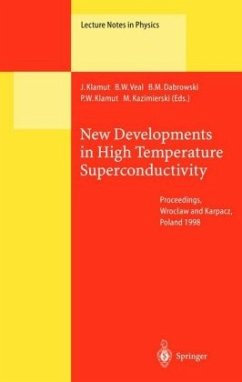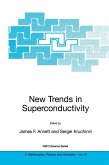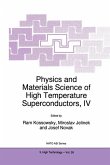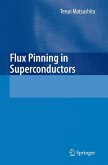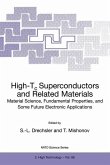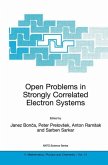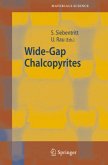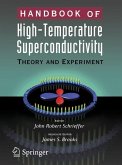This volume contains the proceedings of The Second Polish-US Conf- ence on High Temperature Superconductivity which was held August 18-21, 1998 in Karpacz, Poland. The conference followed The First Polish-US C- ference on High Temperature Superconductivity organized in 1995, proce- ings of which were published by Springer-Verlag in 1996 (Recent Devel- ments in High Temperature Superconductivity, Lecture Notes in Physics 475). High Temperature Superconductivity (HTSC) in complex copper oxides has become a household name after twelve years of intense research following its discovery in 1986 by J. G. Bednorz and K. A. Miiller. Because of the rapid growth of the HTSC field, there is a need for periodic summary and conden- tion both for scientists working in the field and, especially, for young resear- ers entering the field of oxide materials. Following the First Conference, it was recognized that an extended format of lectures perfectly satisfied that need, providing adequate time for experts from the international community to fully introduce and develop complex ideas. Thus, the format of the Second Conference brought together by cooperating scientists from the Institute of Low Temperature and Structure Research of the Polish Academy of Science at Wroctaw, Northern Illinois University, and Argonne National Laboratory remained mostly unchanged. Again, we were delighted to receive enthusiastic responses from distinguished US and Polish scientists who were invited to p- ticipate.
Bitte wählen Sie Ihr Anliegen aus.
Rechnungen
Retourenschein anfordern
Bestellstatus
Storno

